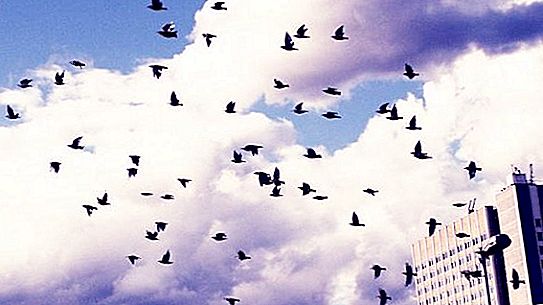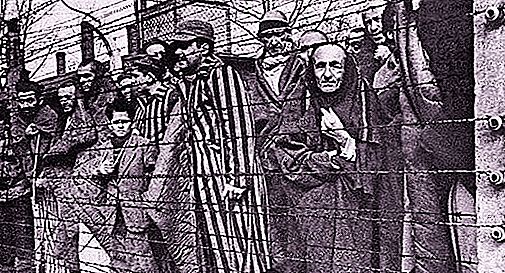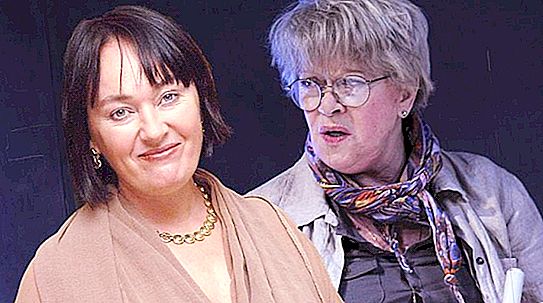After living 76 years, a prominent Russian specialist in plant physiology, who devoted a lot of research to photosynthesis, K. A. Timiryazev passed away in 1920. He not only often communicated with C. Darwin, but also popularized his ideas in Russia. The Russian scientist delved not only into science, but also closely followed the changes in society. He read the works of K. Marx in the original, supported the Bolsheviks. In his honor was named the State Biological Museum, as well as one of the districts of Moscow, a metro station, streets in many cities of the country, a ship and scientific and educational institutions, a crater on the moon, villages and villages in the country. A great scientist, he wanted science to be accessible and understandable to many.
State Biological Museum named after K. A. Timiryazev. History
The museum opened when Kliment Arkadyevich was no more. But the basic collection was collected at the Museum of Wildlife and at Moscow City University. According to the first director, academician B. M. Zavadovsky, the K. A. Timiryazev State Biological Museum should:
- Demonstrate the main problems of all branches of biology.
- Conduct lectures for students and schoolchildren.
- Conduct scientific experimental work with the participation of visitors.
- To study the vital activity of organisms and therefore show living plants and animals.
These principles, developing, are valid today. At first, the museum was located on the Sparrow Hills, but at the request of M. Gorky it was transferred. Malaya Gruzinskaya street became the location of the museum. It is housed in a complex of unique buildings that previously belonged to the merchant, collector and philanthropist P. I. Schukin.
City estate Schukin
From a young age, a passionate collector Petr Ivanovich collected a large number of works of art. They included the work of oriental masters, Western European painting and objects of Russian everyday life. One building for the collection was not enough. Malaya Gruzinskaya Street is first built up with a fabulous tower (1892, architect B.V. Freidenberg) made of red brick with white decor and patterned ceramic tiles.
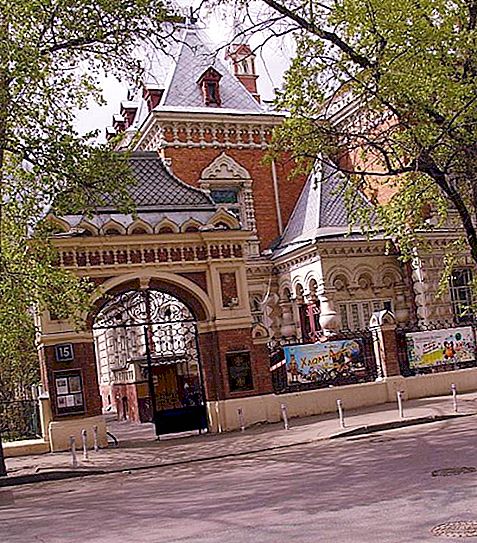
It now houses the administration of the biological museum. But this building is becoming cramped. In 1898, the architect A.E. Erichson builds another building. Today, it houses the museum’s exposition. Two buildings are connected by an underground passage. In 1905, Peter Ivanovich presented the entire collection and buildings to the Historical Museum. He died in 1912. Further, the buildings are transferred to various organizations. But at the official request of M. Gorky in 1934, it was in these buildings that the State Biological Museum named after K. A. Timiryazev, whose address sounds like: Moscow, ul. M. Gruzinskaya, 15.
Museum Life Today
The museum has a large number of excursions. There is a Family Travel program.
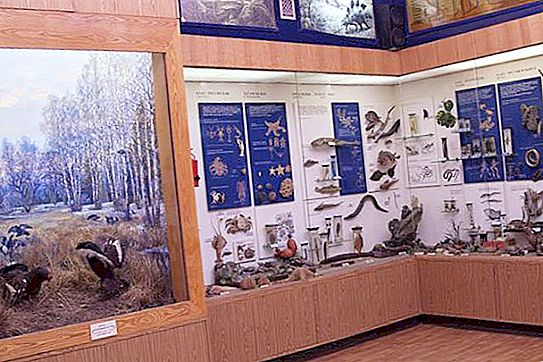
It has three routes for different ages and on various topics. Forty-five museums with very different and unexpected topics participate in this program. For kids three to four years old, the tasks are very easy, for teenagers it is much more difficult, and they will not feel like children. Every traveler receives a passport. It is gradually filled with stamps of museums that they visited. You can start and finish the journey in any of the museums.
The program "Family at the Museum"
It includes biological games in which there are many entertaining adventures, including for visitors with disabilities.
What could be so interesting in biology?

You find yourself on the seashore with starfish, corals, sponges, shells. Everything you can consider and find out, without leaving the city, about these marine animals. These were the riddles of the sea. The forest is also full of mysterious tracks. After visiting the museum, the young ranger even in the park and square will learn to determine the traces of whose claws he saw in the trees, on the ground or in the snow. In these classes you can get into the Jurassic period, as well as learn a lot about parasites: bovine tapeworm, roundworm, pathogens of malaria and sleeping sickness. Do you want to hold a spider?
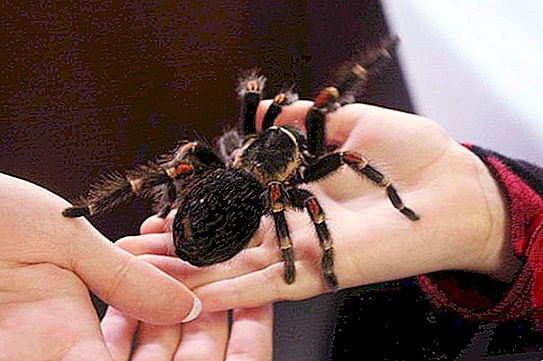
This is not all that can be deeply familiarized with in the museum.
Birthday
You can spend it with your friends in the museum and follow the tracks of Karik and Vali. Some would like to have rigorous scientific knowledge on this wonderful day — and that is possible. The smallest guides will offer a fascinating route for fifty minutes with riddles. Children will surely find guesses at stands and shop windows. Then there will be tea. In addition, you can play in the pantries of the anthill or consider bird nests.
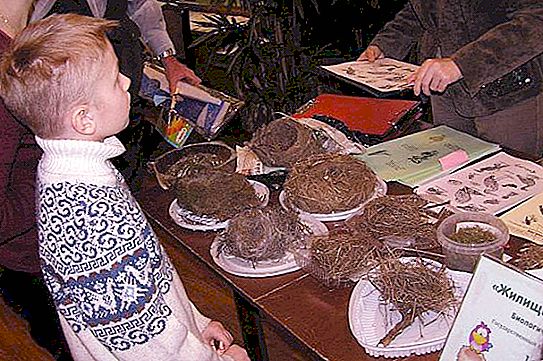
So run a lot of time. What an entertaining State Biological Museum named after K. A. Timiryazev! In it you can spend adventures on New Year's Eve.

